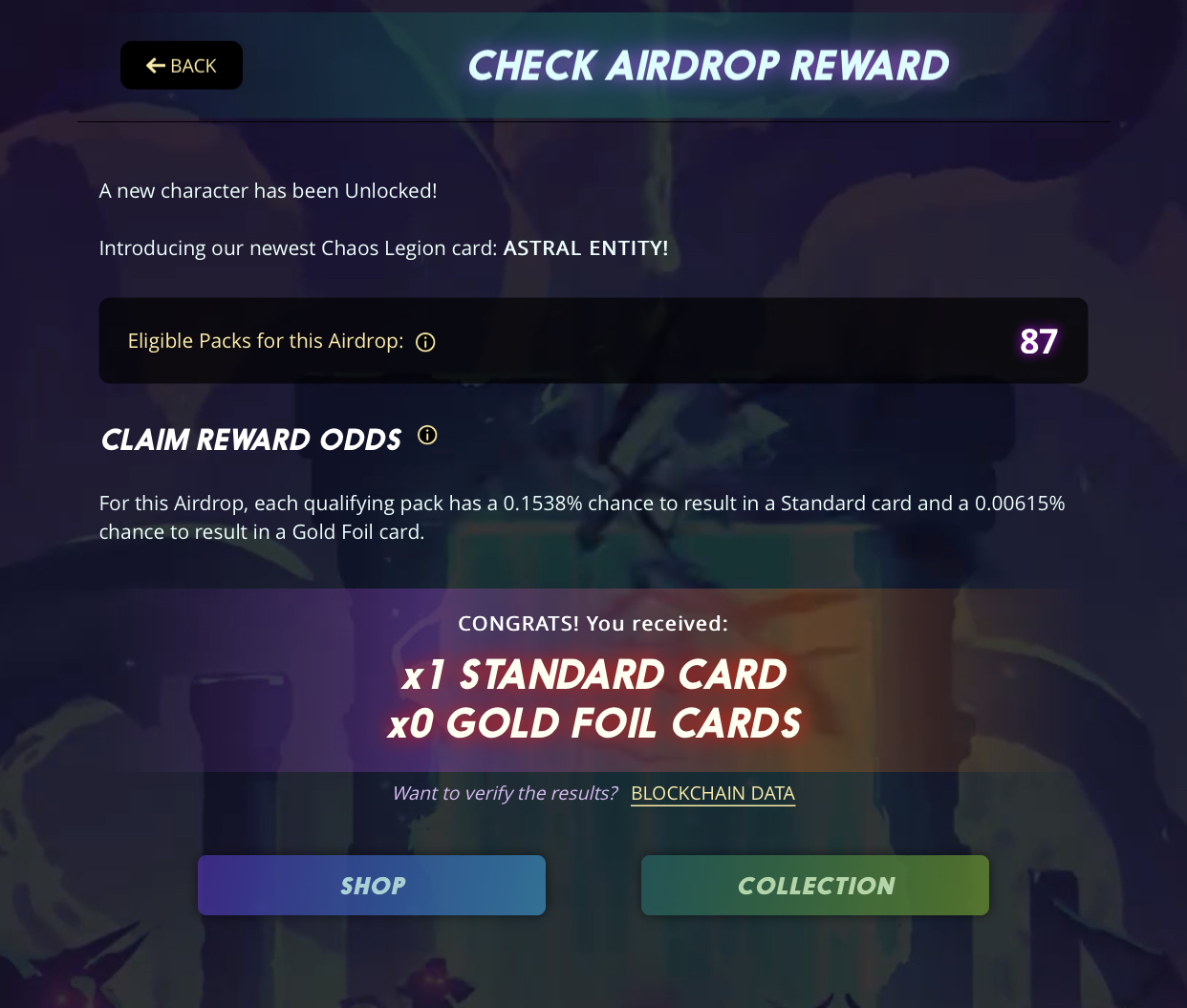Why Play 2 Earn is Not Dead and What You Need to Know.

Hi guys. As someone who has been in crypto and web 3 gaming space for a few years now, I’ve seen many trends come and go. One trend that has been gaining traction in recent years is play-to-earn (P2E) gaming. P2E gaming refers to games where players can earn digital assets, such as cryptocurrency or in-game items, by playing the game.
Is Play To Earn Dead?
However, there has been some recent talk in the web 3 space that play-to-earn is dead. As a 3-year web 3 gamer, I can confidently say that this claim is simply not true. In fact, I can easily sign into my Splinterlands account and start playing to earn right now.
For those who may not be familiar with Splinterlands, it is a blockchain-based trading card game where players can earn cryptocurrency by playing the game.
The game has been gaining popularity over the years, and as someone who hasn’t played in over 4 months, I can still attest to the fact that I own my assets intact regardless of whether their prices increase or not. This is an important concept in P2E gaming – asset ownership.
Not Splinterlands though 😉

Asset ownership is a key aspect of P2E gaming, as it allows players to have control over their digital assets. In Splinterlands, for example, I can decide to rent out my cards and start earning from them, or if I don’t want to play anymore, I can sell my assets.
This level of ownership is not something that is typically seen in traditional gaming, where players do not have the ability to truly own the items they acquire in-game.
However, it’s not just about ownership – it’s also about value. Players don’t care about asset ownership unless the assets have value. If the assets have value, then players will play specifically to get them and sell them. This is another important concept in P2E gaming – value.
The value of digital assets in P2E gaming can fluctuate, just like any other asset. In Splinterlands, for example, the value of cards can increase or decrease based on various factors, such as the overall demand for the card or the popularity of the game. This is important to keep in mind when participating in P2E gaming, as it can affect the overall profitability of the game.
I would like to reiterate that the claim that play-to-earn is dead is simply not true. P2E gaming is still very much alive and well, as seen on Splinterlands. Asset ownership and value are key concepts to understand when participating in P2E gaming, and it’s important to stay up to date on the latest trends and developments in the space.

On a lighter note, I received an Astral Entity airdrop card recently on Splinterlands for the Chaos Legion packs I bought a while back, I didn’t expect it and I love that I received it, it was such a pleasant surprise. At the time the I checked, I discovered it was worth a bit over $20 and it’s uniquely mine till I decide otherwise. How cool is that?!
Splinterlands Proposal System 🤌
In addition to the play-to-earn model, Splinterlands also has a unique system of governance that allows players to have a say in the future development of the game.

This is achieved through the Splinterlands Proposals System (SPS), which is a platform for submitting and voting on proposals related to the game. These proposals can include things like new card designs, marketing campaigns, or game feature improvements.
What makes SPS unique is that it is fueled by a separate token, also called SPS, which is earned by players through winning games. This means that the more a player participates in the game and earns SPS, the more influence they have in the decision-making process for the game.
The SPS system is an important example of how P2E gaming can go beyond simply earning digital assets and provide a sense of community and ownership to players. By allowing players to have a direct say in the development of the game, Splinterlands is fostering a more engaged and invested player base.

Furthermore, the fact that the SPS token is earned through winning games further incentivizes players to participate in the play-to-earn model. It's a win-win situation - players can earn digital assets through playing the game, and then use those assets to participate in the governance of the game.
The Splinterlands Proposals System is a great example of how P2E gaming can foster a more engaged and invested player base. By allowing players to have a direct say in the development of the game, Splinterlands is creating a sense of community and ownership that goes beyond simply earning digital assets.
How is this not cool?
So let me ask again. Is play to earn dead now?
I hope I’ve been able to pass some message. Thanks for reading.

Posted Using LeoFinance Beta
https://twitter.com/757956511834443776/status/1626224560575242240
The rewards earned on this comment will go directly to the people( @mistakili ) sharing the post on Twitter as long as they are registered with @poshtoken. Sign up at https://hiveposh.com.
Perhaps there are reasons to think P2E is dead if other games out there are not like Splinterlands.
Like you I am a Splinterlands player that believes the P2E model is just getting started.
Posted Using LeoFinance Beta
Splinterlands players brag different.
This post has been manually curated by @bhattg from Indiaunited community. Join us on our Discord Server.
Do you know that you can earn a passive income by delegating your Leo power to @india-leo account? We share 100 % of the curation rewards with the delegators.
100% of the rewards from this comment goes to the curator for their manual curation efforts. Please encourage the curator @bhattg by upvoting this comment and support the community by voting the posts made by @indiaunited.
Play2earn is just warming up after the bear market is almost over. And Splinterlands its a proof of resilience and entering the new bull market stronger than ever!
Posted Using LeoFinance Beta
You’ve said it all! 💯
Thank you 🙏
Thanks for sharing! - @alokkumar121
